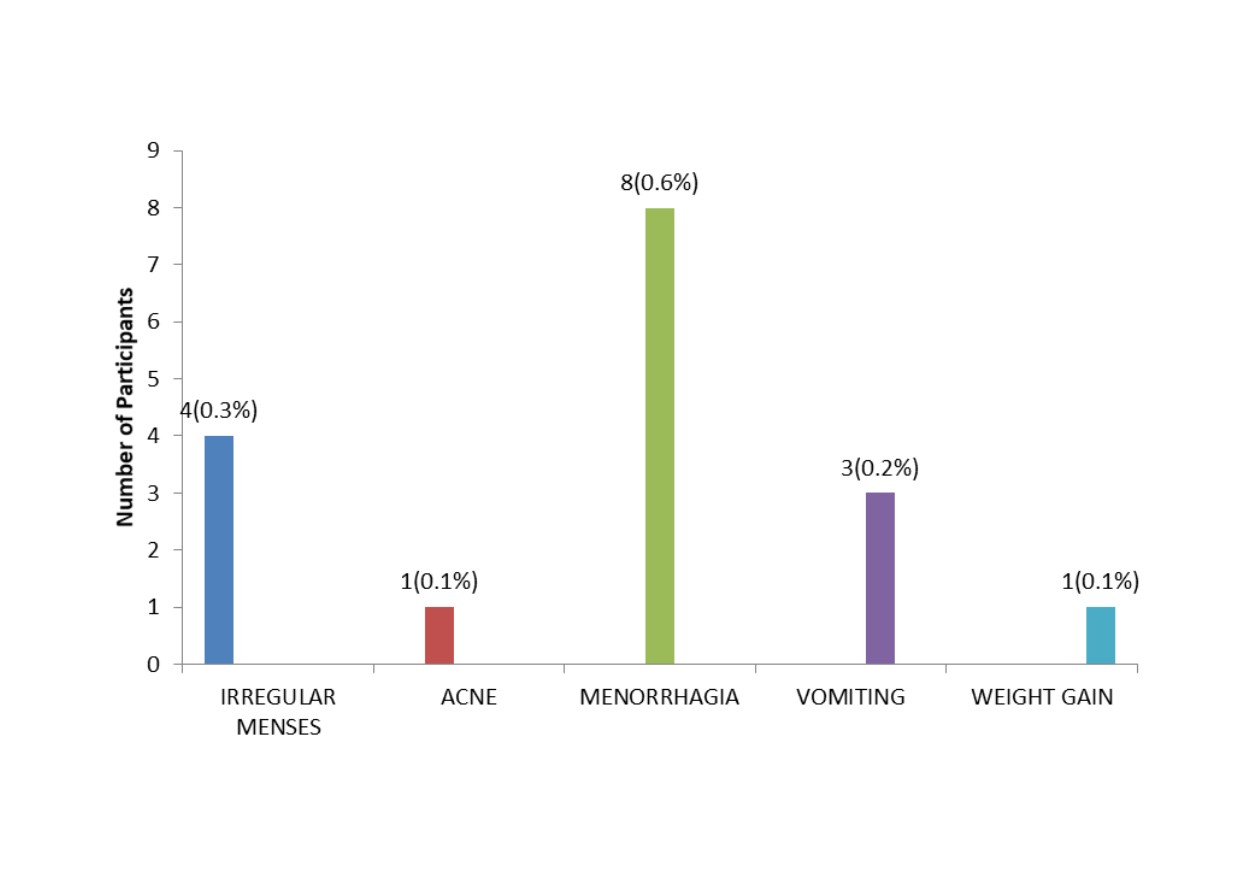The CHARACTERISTICS OF CONTRACEPTIVE USERS AND SIDE-EFFECTS PATTERN IN A SOUTH-WESTERN NIGERIAN FAMILY PLANNING CLINIC
Contraceptive use and side-effects patterns
Abstract
Background: We evaluated the characteristics of women assessing contraception and the pattern of side effects experienced at a family planning clinic in Lagos.
Methods: This was a retrospective descriptive analysis in which records of 1371 clients that accessed contraceptive services at the Family Planning Clinic, Obstetrics and Gynaecology Department, Lagos State University Teaching Hospital over a 4-year period were reviewed. The data obtained were analyzed using relevant descriptive and inferential statistics at a 95% confidence interval and p 0.05 significance.
Results: Of the 1371 clients who accessed the family planning clinic for contraception, about 53% were aged 30 to 39 years, and only one (0.1%) was male. About two-third (65.5%) had tertiary level of education, 56.2% were employed full-time, and 88.7% were multiparous. Intrauterine contraceptive devices were the most commonly used method, being used by 42.5% of women, and followed by sub-dermal implants (41.7%), while the least commonly used methods were mini-pills (0.1%) and vasectomy (0.1%). Chronic hypertension and obesity were the most frequent medical co-morbidities, occurring in 75 (5.5%) and 60 (4.4%) women, respectively. Menorrhagia and irregular menses were the leading reported side effects among contraceptive users, occurring in 0.6% and 0.3% of the women, accounting for 47.1% and 23.5% of reported side effects, respectively. There was a significant relationship between overweight and the side effects of contraceptives among the users (p = 0.043).
Conclusion: Relatively older reproductive-aged women seek contraceptive services at family planning clinics more commonly than younger girls and women, with extremely rare use of these facilities by males. IUDs and sub-dermal implants are the most commonly used long-acting contraceptives, and women who experienced side effects gained more weight than those with no side effects.





